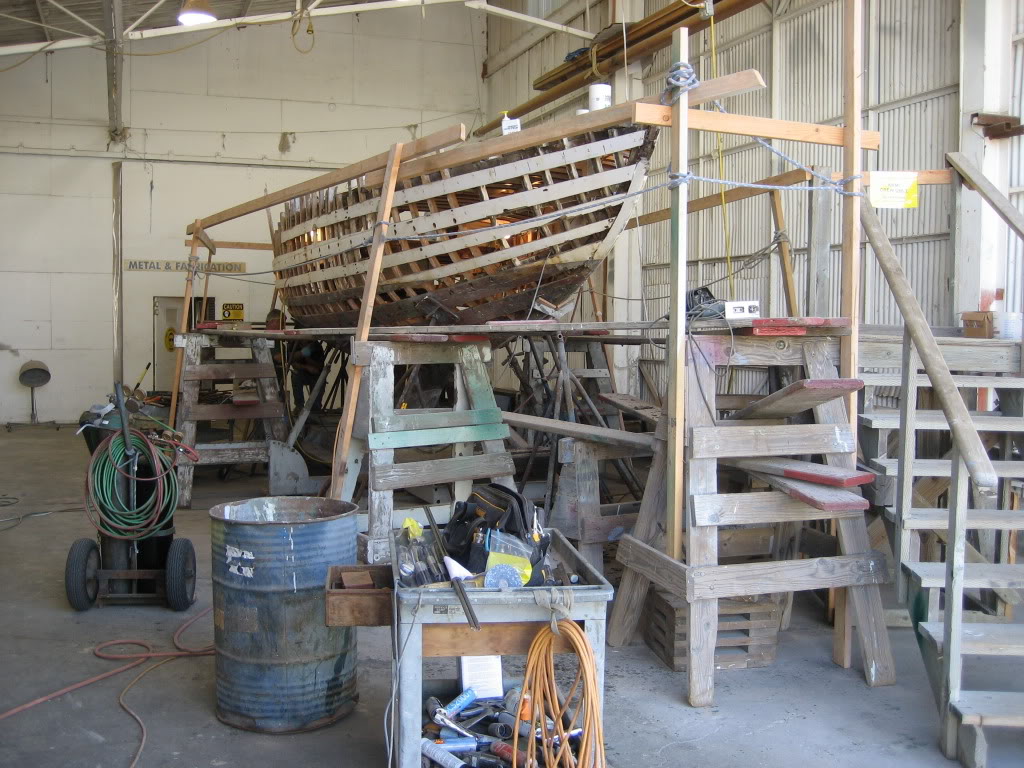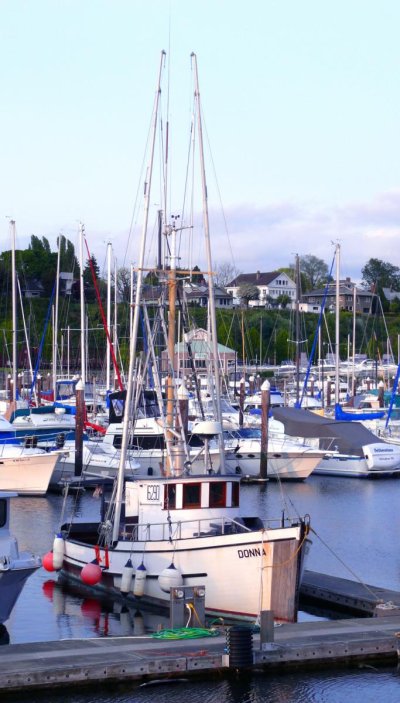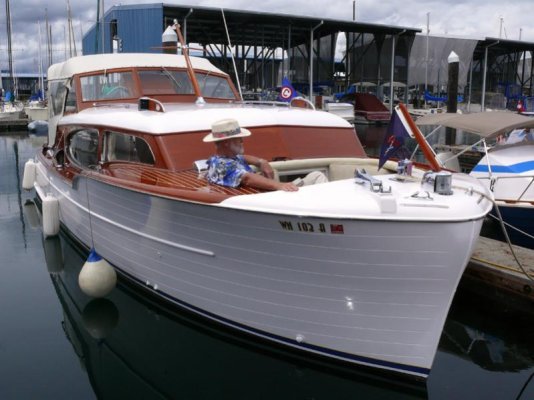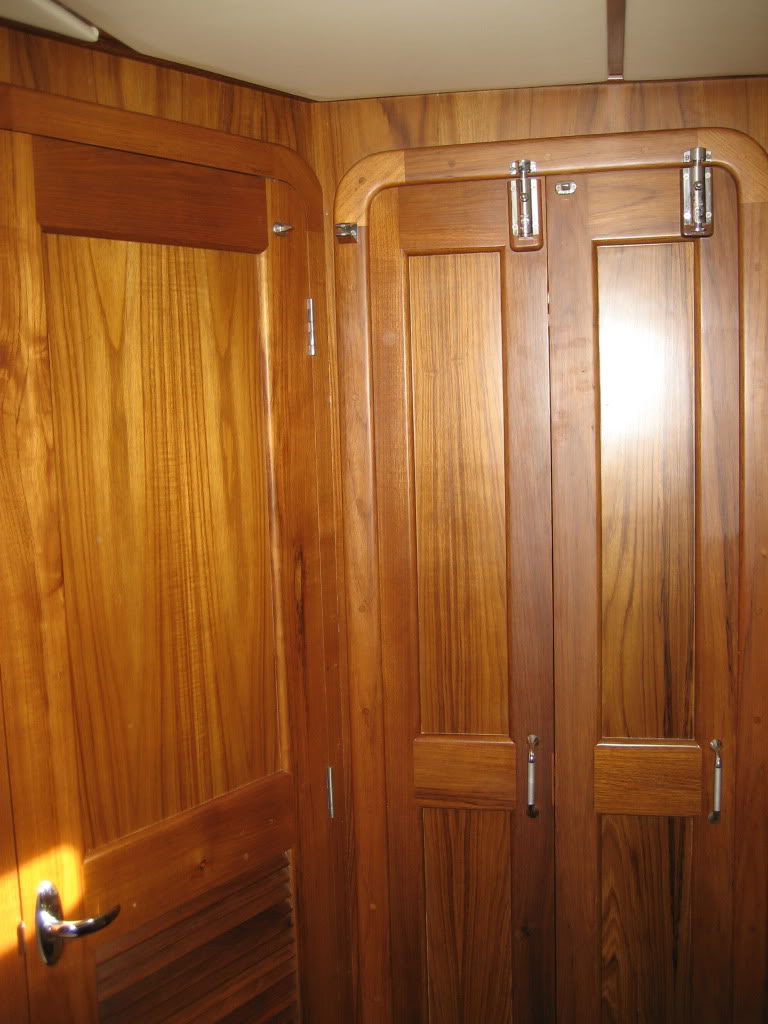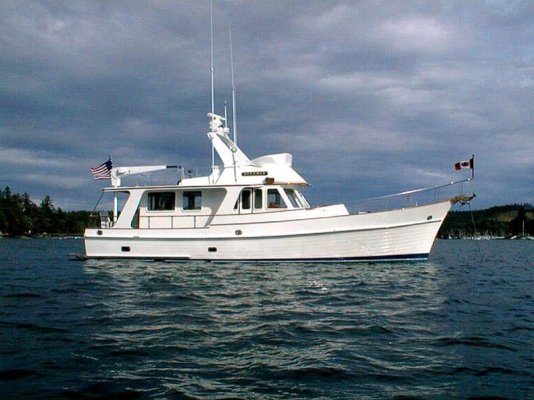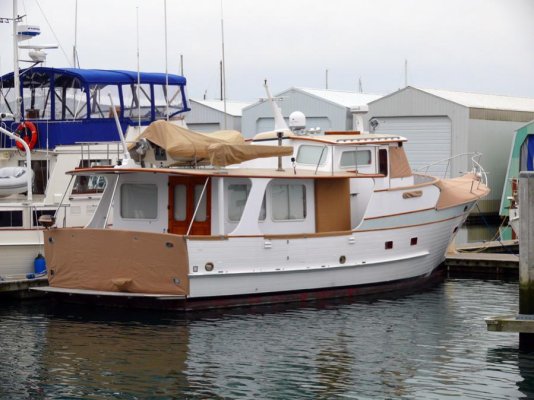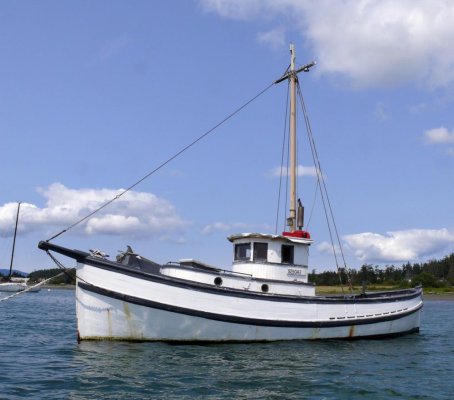psneeld
Guru
Where I'm in New Jersey...almost NO marinas will accept a wooden boat to haul or store/repair. Some will haul it to be placed directly into a dumpster or trailer if paid in advance.
The USCG was on the verge of banning ALL wodden boats for passenger vessels after one sank in the Chesapeake back in the mid 90's. A HUGE study followed that boiled down to ANY wooden boat that doesn't have at least (can't remember the exact number but I thought it was like) 50 percent of it's fasteners checked every year..they are just a time bomb waiting to pop a plank.
I know that's not realistic and there are still plenty of wooden party fishing boats operating so I don't know anything more than the USCG inspections done now are pretty harsh on the owners.
Wood on a boat is isn't the problem...usually it's lack of PM that kills the boat...wherther GRP or all wood. Depending on location and design can greatly affect the total maintenance.
And for those bragging about foam cores...if water get's into a foam core and sits (very common)...and especially where freezing occurs...that foam core is no better than a wood core because it will eventually separate from the glass and the structure is lost just like a wood core. Read up on foam and foam coring...plenty of examples and I've seen it plenty myself.
The USCG was on the verge of banning ALL wodden boats for passenger vessels after one sank in the Chesapeake back in the mid 90's. A HUGE study followed that boiled down to ANY wooden boat that doesn't have at least (can't remember the exact number but I thought it was like) 50 percent of it's fasteners checked every year..they are just a time bomb waiting to pop a plank.
I know that's not realistic and there are still plenty of wooden party fishing boats operating so I don't know anything more than the USCG inspections done now are pretty harsh on the owners.
Wood on a boat is isn't the problem...usually it's lack of PM that kills the boat...wherther GRP or all wood. Depending on location and design can greatly affect the total maintenance.
And for those bragging about foam cores...if water get's into a foam core and sits (very common)...and especially where freezing occurs...that foam core is no better than a wood core because it will eventually separate from the glass and the structure is lost just like a wood core. Read up on foam and foam coring...plenty of examples and I've seen it plenty myself.
Last edited:



